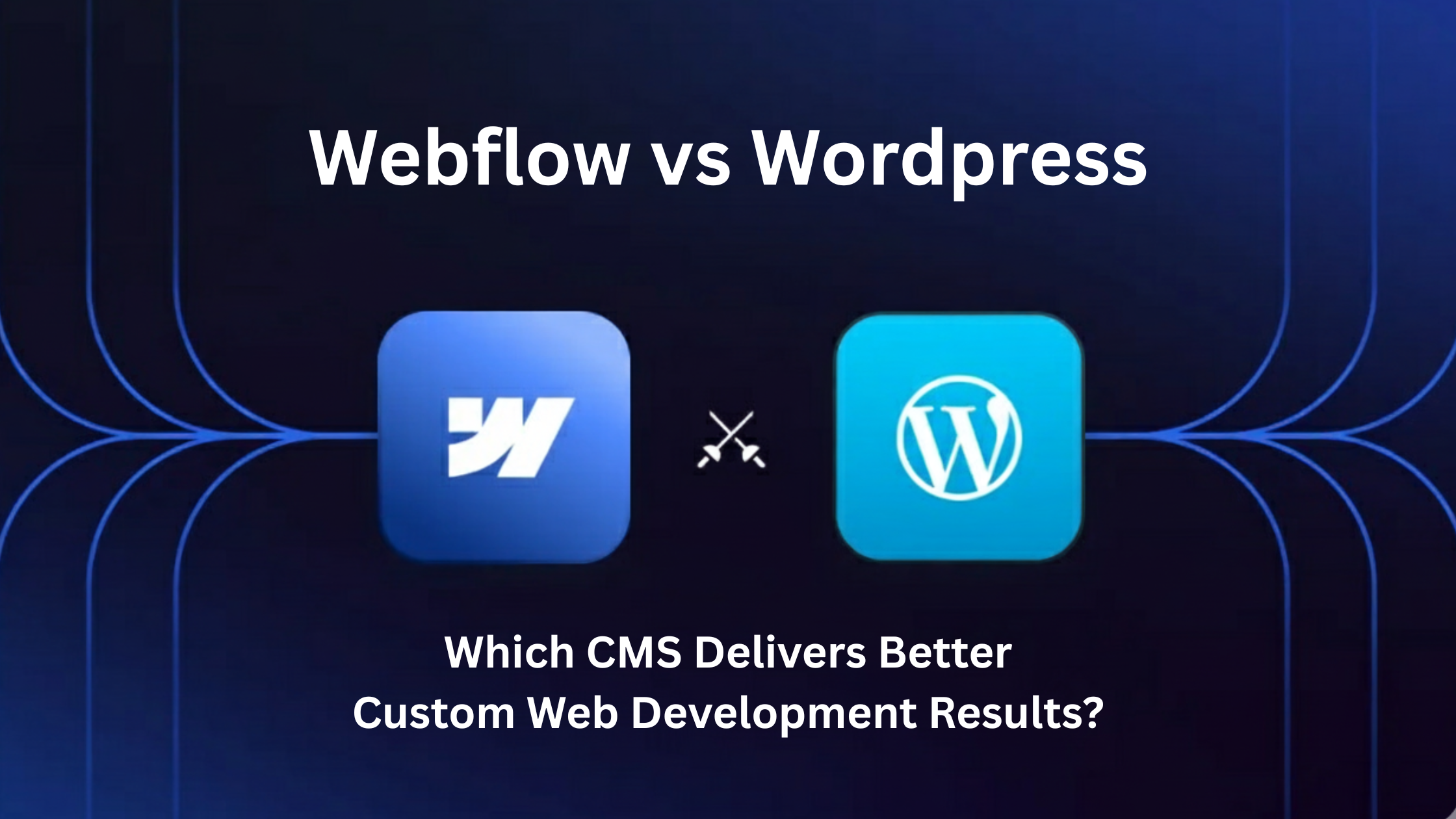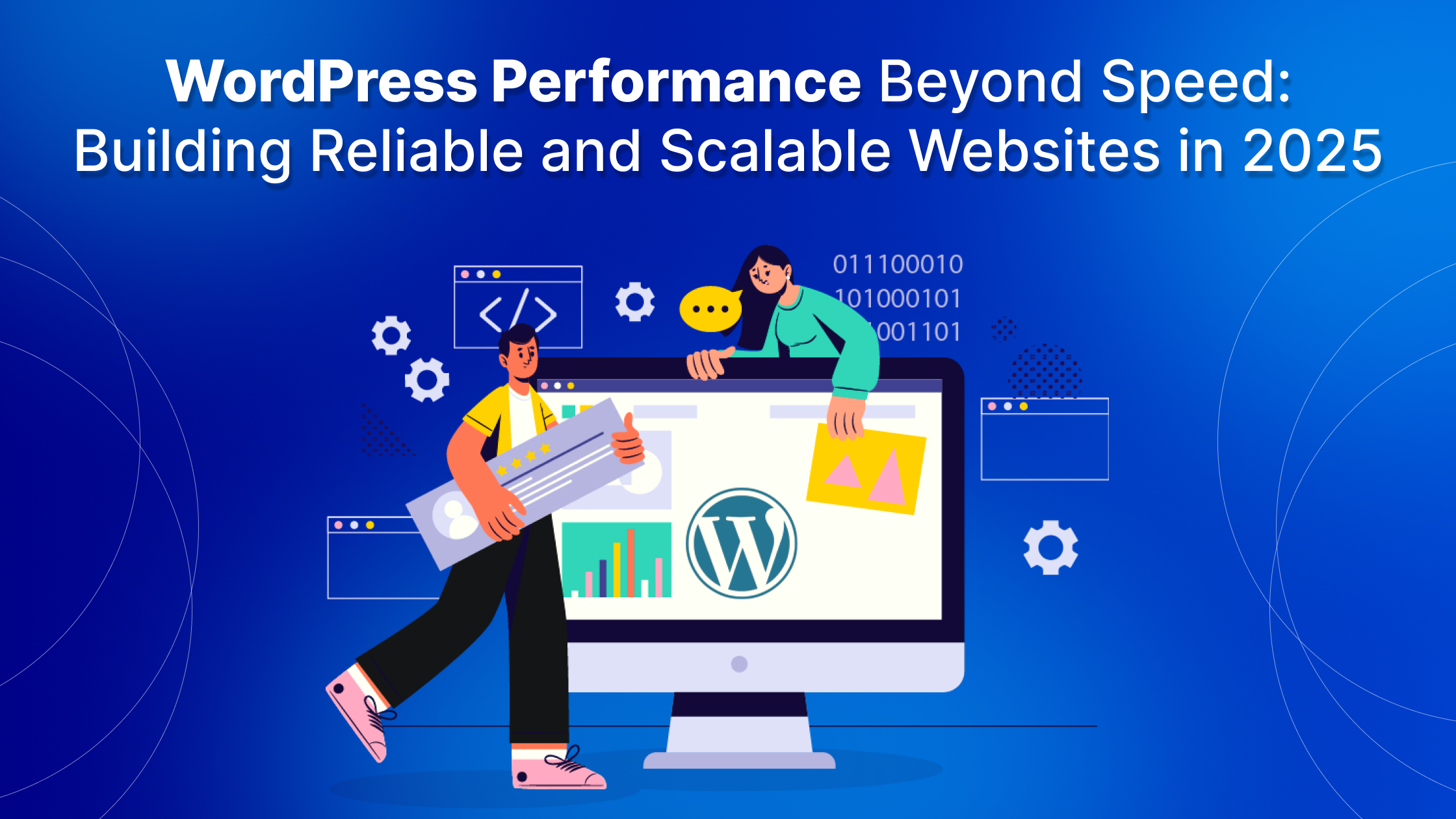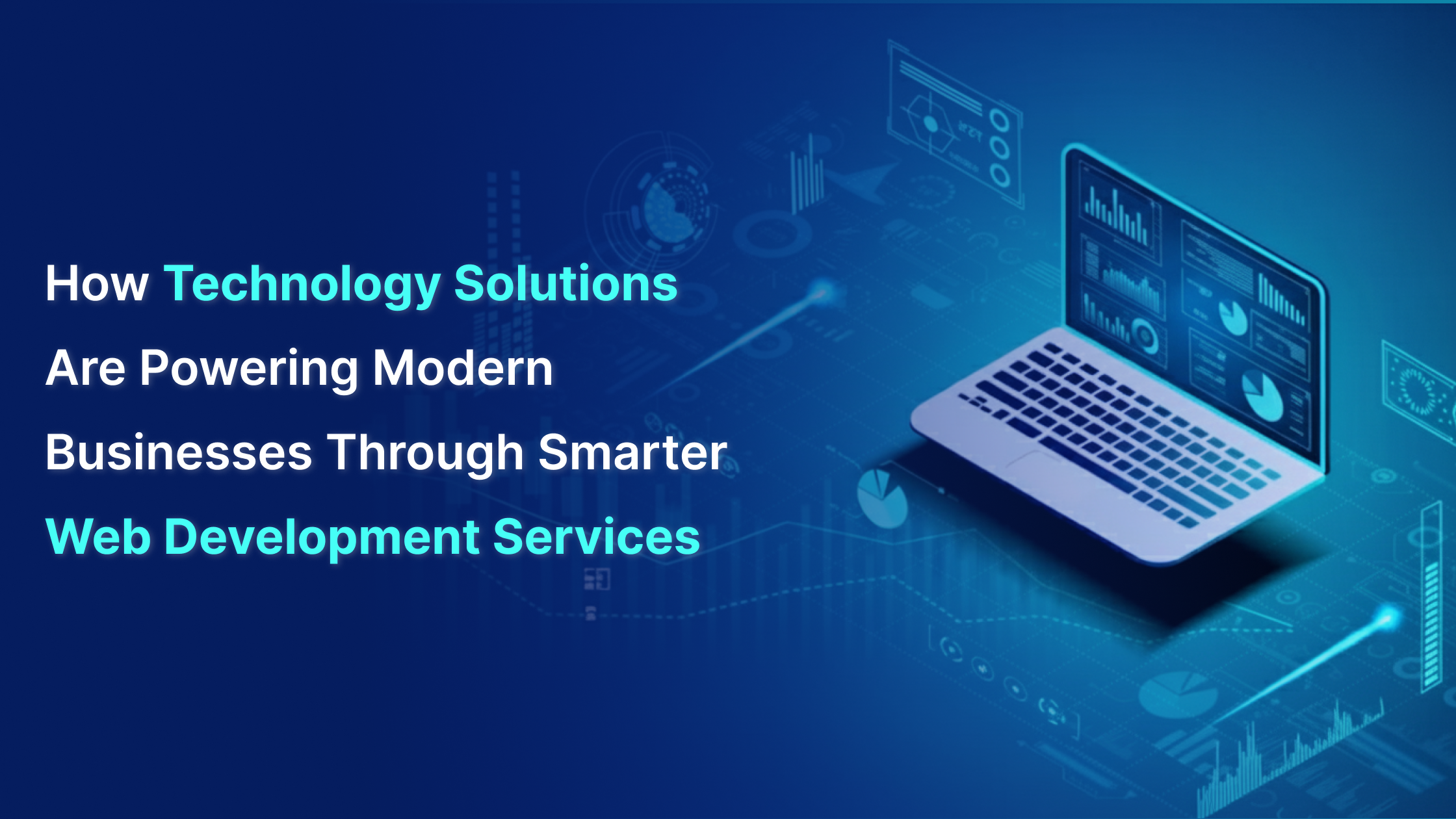Key Takeaways
| Fact | Details |
|---|---|
| Carbon Emissions | The IT sector contributes to about 4% of global carbon emissions, similar to the aviation industry. |
| Energy Consumption | Data centers consume around 1% of the world’s total energy supply. |
| Green Technology Growth | The global green technology and sustainability market is projected to reach $36.6 billion by 2025. |
| Consumer Preference | Over 70% of consumers prefer brands that are environmentally responsible. |
Real-World Stats
- A study by Accenture found that 62% of consumers want companies to take a stand on sustainability.
- According to the Global Sustainability Study, 88% of consumers want brands to help them make more sustainable choices.
What Are Sustainable Digital Practices?
Sustainable digital practices refer to methods and strategies that organizations adopt to minimize their environmental impact while still leveraging technology for innovation and growth. This includes everything from reducing energy consumption in data centers to promoting digital products that help consumers make eco-friendly choices.
Why Are Sustainable Digital Practices Important?
As technology continues to advance, it’s crucial to consider its impact on the environment. Here are some reasons why sustainable digital practices matter:
- Environmental Impact: The digital sector has a significant carbon footprint. By adopting sustainable practices, companies can reduce their environmental impact.
- Cost Savings: Implementing energy-efficient technologies can lead to substantial cost savings over time.
- Brand Reputation: Companies that prioritize sustainability often enjoy a better reputation among consumers, leading to increased loyalty and sales.
- Regulatory Compliance: Many governments are introducing regulations aimed at reducing carbon emissions, making it essential for businesses to adapt.
The Benefits of Sustainable Digital Practices
1. Reduced Carbon Footprint
Why It Matters: Lowering carbon emissions is crucial for combating climate change.
- Energy Efficiency: Using energy-efficient servers and optimizing data center operations can significantly reduce energy consumption.
- Renewable Energy: Transitioning to renewable energy sources, like solar or wind, helps decrease reliance on fossil fuels.
2. Enhanced Innovation
Why It Matters: Sustainability can drive innovation.
- New Technologies: Developing green technologies can lead to new products and services that meet consumer demands.
- Creative Solutions: Focusing on sustainability encourages teams to think creatively about how they can reduce waste and improve efficiency.
3. Increased Customer Loyalty
Why It Matters: Consumers are more likely to support brands that align with their values.
- Eco-Friendly Products: Offering sustainable products can attract environmentally conscious customers.
- Transparency: Being open about sustainability efforts builds trust with consumers.
4. Compliance with Regulations
Why It Matters: Governments worldwide are implementing stricter environmental regulations.
- Avoiding Penalties: Companies that adopt sustainable practices are less likely to face fines or penalties for non-compliance.
- Future-Proofing: Staying ahead of regulatory changes ensures long-term viability.
Challenges in Implementing Sustainable Digital Practices
While there are many benefits, there are also challenges:
1. High Initial Costs
Why It Matters: Transitioning to sustainable practices can require significant upfront investment.
- Infrastructure Changes: Upgrading equipment and facilities for energy efficiency can be expensive.
- Training Costs: Employees may need training on new technologies and processes.
2. Resistance to Change
Why It Matters: Changing established practices can be difficult.
- Cultural Barriers: Employees may resist changes if they do not understand the benefits.
- Short-Term Focus: Some organizations prioritize short-term gains over long-term sustainability goals.
3. Measuring Impact
Why It Matters: Quantifying the benefits of sustainable practices can be challenging.
- Lack of Metrics: Organizations may struggle to find reliable metrics for measuring sustainability efforts.
- Data Collection: Gathering data on energy consumption and emissions can be complex.
Steps to Implement Sustainable Digital Practices
To successfully integrate sustainable digital practices into your organization, consider these steps:
1. Assess Current Practices
Why It Matters: Understanding your current impact is the first step toward improvement.Action Steps:
- Conduct an audit of your current digital operations.
- Identify areas where energy consumption is highest.
2. Set Clear Goals
Why It Matters: Having specific targets helps guide your efforts.Action Steps:
- Establish measurable sustainability goals (e.g., reducing carbon emissions by a certain percentage).
- Create a timeline for achieving these goals.
3. Invest in Energy-Efficient Technology
Why It Matters: Upgrading technology can lead to significant savings in energy costs.Action Steps:
- Research energy-efficient servers and data centers.
- Consider cloud solutions that prioritize sustainability.
4. Promote Remote Work
Why It Matters: Remote work reduces the need for office space and commuting, lowering carbon footprints.Action Steps:
- Implement flexible work policies that allow employees to work from home.
- Provide tools and resources for effective remote collaboration.
5. Educate Employees
Why It Matters: Engaging employees in sustainability efforts fosters a culture of responsibility.Action Steps:
- Offer training programs on sustainable practices.
- Encourage employees to share ideas for improving sustainability within the organization.
Real-Life Examples of Sustainable Digital Practices
Example 1: Microsoft
Microsoft has committed to becoming carbon negative by 2030. They plan to achieve this by investing in renewable energy, improving energy efficiency in their data centers, and developing new technologies that help reduce carbon emissions globally.
Example 2: Google
Google has been running on renewable energy since 2017 and aims to operate entirely on clean energy by 2030. They also focus on improving the energy efficiency of their data centers, which are among the most efficient in the world.
The Future of Sustainable Digital Practices
As we look ahead, several trends will shape the future of sustainable digital practices:
Increased Focus on Circular Economy
The circular economy emphasizes reusing materials instead of discarding them. Companies will increasingly adopt practices that minimize waste and promote recycling in their digital operations.
Greater Collaboration Across Industries
Businesses will collaborate more with each other and with governments to develop innovative solutions for sustainability challenges, creating shared value for all stakeholders involved.
Advancements in Green Technology
Emerging technologies like artificial intelligence (AI) will play a crucial role in optimizing resource use, reducing waste, and enhancing overall efficiency in digital operations.
Conclusion
In conclusion, adopting sustainable digital practices is essential for balancing innovation with environmental responsibility. As technology continues to advance, businesses must prioritize sustainability not only for ethical reasons but also for economic ones.By reducing carbon footprints, enhancing customer loyalty, complying with regulations, and driving innovation, companies can position themselves as leaders in their industries while contributing positively to the planet’s health.While challenges exist—such as high initial costs and resistance to change—the benefits far outweigh them when approached strategically. By assessing current practices, setting clear goals, investing in technology, promoting remote work, and educating employees, organizations can effectively integrate sustainability into their operations.As we move forward into a more environmentally conscious future, embracing sustainable digital practices will not only help businesses thrive but also ensure a healthier planet for generations to come!
“Sustainability is not just about doing less harm; it’s about doing more good.” – Jochen Zeitz











